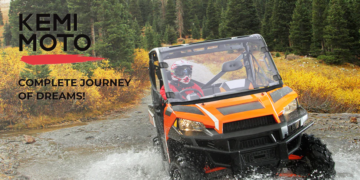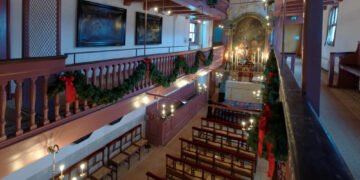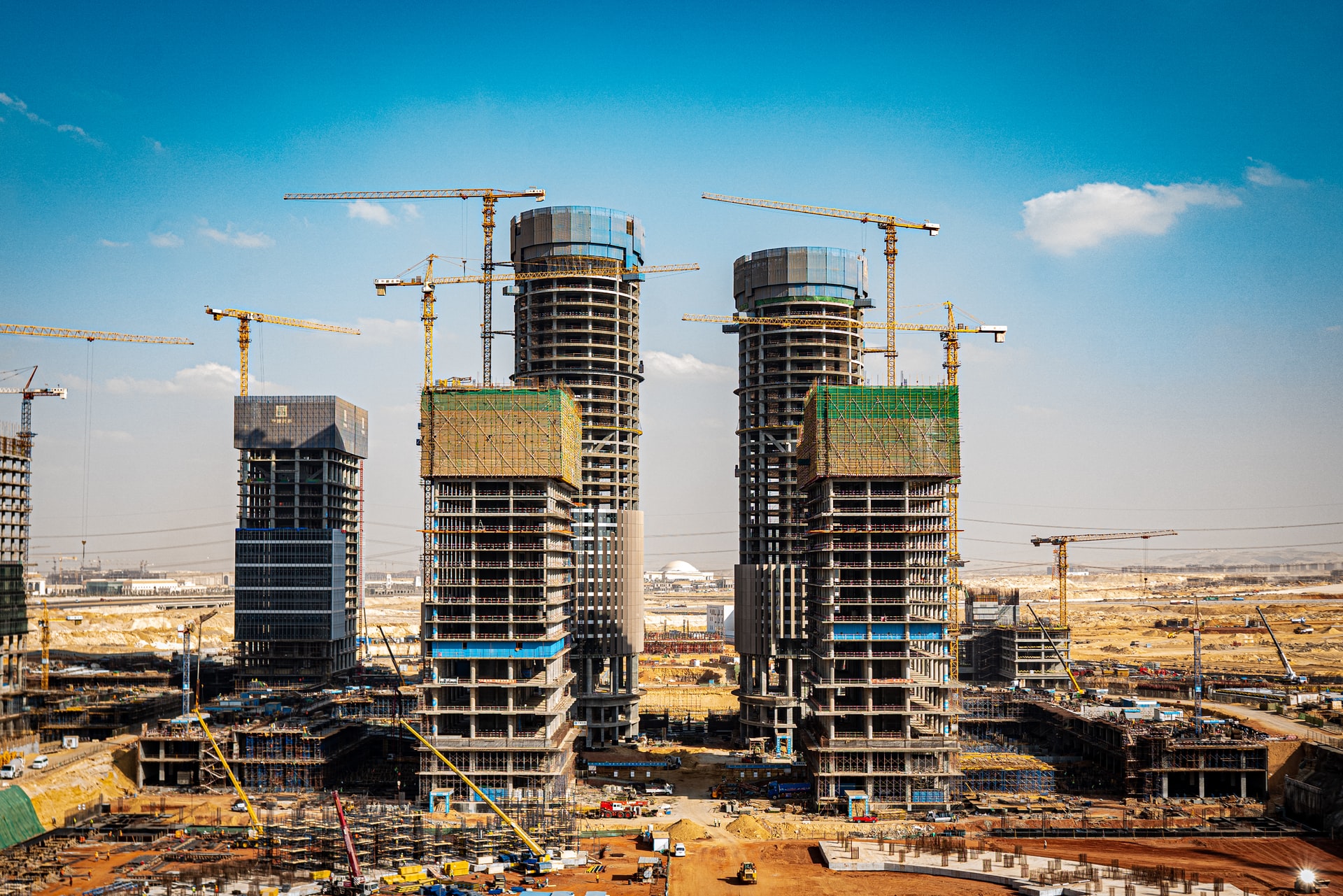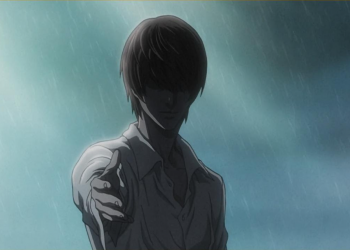Everest Base Camp Trek overview
One of the most popular treks in the whole world is the Everest Base Camp trek in Nepal. This journey offers breathtaking views of Mount Everest and many other giant peaks. Walk through amazing Himalayan landscapes. Cross huge suspension bridges. Discover the Sherpa culture and local traditions. Visit monasteries and mountain villages. Enjoy the beautiful flora and fauna. Connect with the locals and other fellow trekkers. The Khumbu region offers different routes to the foot of the world’s highest mountain. Choose your option depending on your goals, your timeframe and your fitness. No matter if you go for the classic Everest Base Camp trek, the scenic helicopter tour or the challenging Three Passes trek: The Himalayas of Nepal await with breathtaking views, long lasting impressions and adventures of a lifetime.
Best time for the Everest Base Camp Trek

In theory, you can do the Everest Base Camp trek throughout the year. However, the best time for the Everest Base Camp Trek is spring (from March until May) or autumn (from September until November). Spring lasts until June, when the monsoon starts to bring heavy rain. With the beginning of autumn in September, the humidity subsides. In spring and autumn, the risk of rain and snowfall is rather low. The temperatures during these seasons are relatively mild (up to 15°C during the day). Don’t forget though that it can still get very cold at night and in higher altitudes (far below zero). The pleasant temperatures and clear mountain views make spring and autumn the perfect months for trekking to Everest Base Camp.
Everest Base Camp Trek permit
The Sagarmatha National Park is home to the Everest Base Camp trek. For your trek to EBC, you need a Sagarmatha National Park entry permit (around 34 USD) and a TIMS card (around 20 USD). “TIMS” card stands for Trekkers Information Management System card. At the Lukla Check Post, visitors need to pay an entrance fee for the Solukhumbu area (around 20 USD). The Everest Base Camp Trek permit and the TIMS card are available at the Nepal Tourism Board office in Kathmandu. To simplify your planning, you can leave the paperwork to a trekking agent who can arrange everything for you. This gives you more freedom to enjoy your adventure, knowing that a local expert takes care of all the permits you need.
Everest Base Camp Trek difficulty
Even though the Everest Base Camp trek may sound difficult, you can reach this goal without being a rock climber. Technically, the Everest Base Camp difficulty is rather moderate. Amongst the biggest challenges on this trek are the distance (130 km) and the altitude (5,400 m). It is important to acclimatize and walk with a steady pace instead of rushing. In addition, the weather and temperatures might present a challenge. Sometimes, the weather changes suddenly, and the temperatures can drop drastically. Be prepared with the right equipment and clothes. The key to a successful trek is your fitness and health. If you keep a positive mind-set on top of that, you are ready for the big adventure into the Himalayas of Nepal.
Everest Base Camp Trek weather
Nepal has 4 distinctive weather seasons: Spring (March until May), Summer/Monsoon (June until September), Autumn (October until November) and Winter (December until February). The best Everest Base Camp Trek weather awaits in autumn and spring. The temperatures during these months are mild in lower altitudes, even though they drop below zero in higher regions (and at night). In spring and autumn, rain and snowfall are rare. The warmest time of the year is the monsoon or rainy season (17°C to 5°C). But beware: Heavy downpour makes the trails slippery while the mountains are hiding in mist and clouds. In winter, the temperatures are very cold – just above zero during the day and -12°C at night. Nonetheless, the views can be beautiful and clear.
Suggested Reads: What Are the Important Things That Can Increase Your Sites Visibility?
Food and accommodation during EBC trek
On the way to Everest Base Camp, countless lodges and tea houses provide food and accommodation. If you are looking for a higher level of comfort, head to the “luxury” lodges. The classic tea houses are well equipped to cover your basic needs. The beds are simple, but comfortable with foam matrasses and blankets. Hot showers and WIFI are usually available for an extra fee. If you cannot take a hot shower in higher areas, teahouses usually can prepare a bucket of warm water. The list of food choices is huge and allows you to recover and refuel. On the menu, you can find options for all kind of tastes, from snacks, soups, pasta, pizza and Nepali food like Dhal Bhat and Momos.










